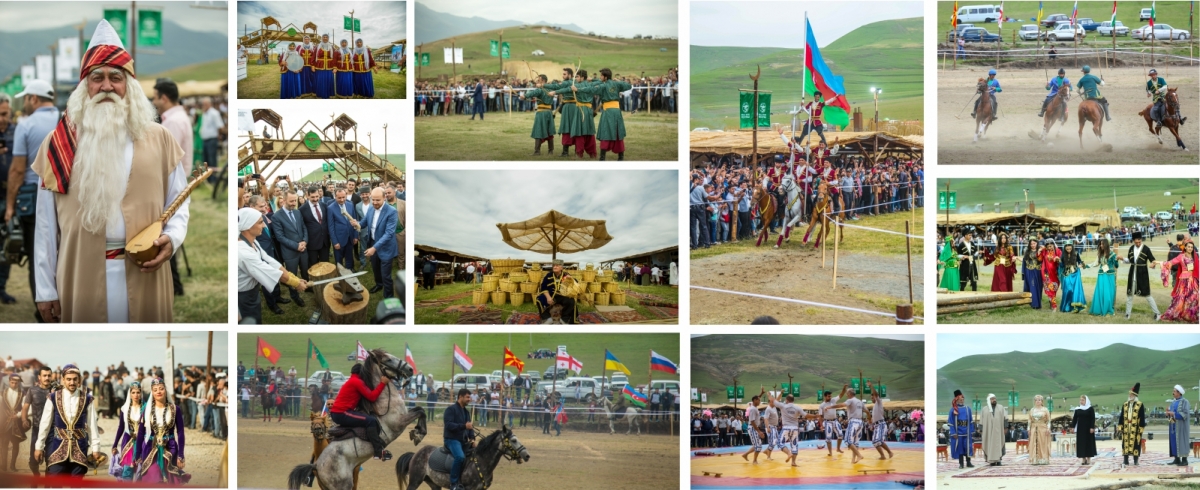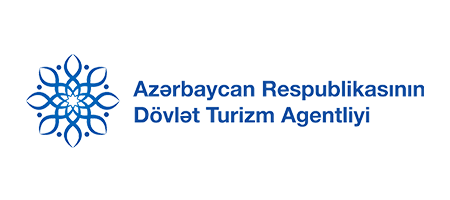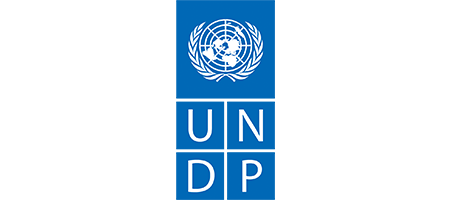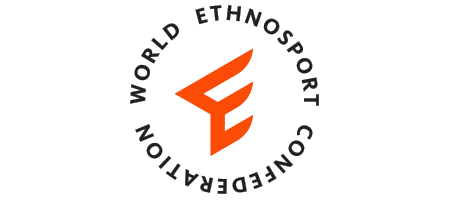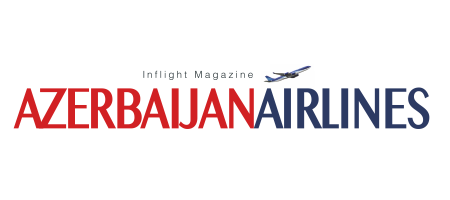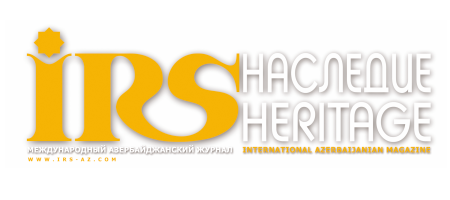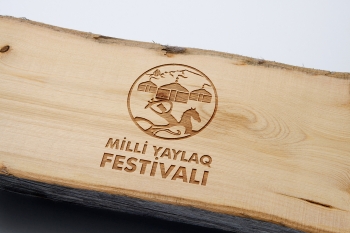 The people of Azerbaijan have a very rich and diversified culture. As known from history, our country has had magnificent urban traditions for millennia. The ruins of ancient cities discovered during archeological excavations in various regions of Azerbaijan, ancient cities and their unique infrastructure are examples of worth to be among pearls of urbanization.
The people of Azerbaijan have a very rich and diversified culture. As known from history, our country has had magnificent urban traditions for millennia. The ruins of ancient cities discovered during archeological excavations in various regions of Azerbaijan, ancient cities and their unique infrastructure are examples of worth to be among pearls of urbanization.Alongside with the rich urbanization traditions of our people, highland (yaylaq) and nomadism (elat) traditions can also be one of the life style and unique cultural tradition examples shaped perhaps for hundreds or thousand years.
Historically, this specific traditions, of the part of our population previously engaged in livestock and cattle breeding, were widely spread throughout Azerbaijan and also in the northern regions of İran(Southern Azerbaijan)
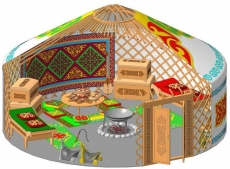 Taking into account the warm weather in the plains of the country in summer months and the shortage of grazing areas and feed sources, the traditional cattle-breeding population temporarily abandoned their permanent settlements (winter huts) and moved to cool mountain areas, large and abundant pastures.
Taking into account the warm weather in the plains of the country in summer months and the shortage of grazing areas and feed sources, the traditional cattle-breeding population temporarily abandoned their permanent settlements (winter huts) and moved to cool mountain areas, large and abundant pastures.Depending on weather conditions, this seasonal nomadism typically lastes for about 5-6 months from May to September-October. In accordance with these traditions, the traditional pasture lands were shaped in each region of our country.
Traditionally, the population of Aran and the Lower Karabakh region used to move to the beautiful highlands of Mountainous Karabakh. People of the central, northwestern and northeastern regions accordingly went to the southern slopes of the Greater Caucasus and the population of the southern-western region to the Talysh mountains.
Population of the Gazakh-Shamshadil region used to settle on the northern slopes of the Lesser Caucasus and around Goycha(Sevan) Lake.
Traditional pasture settlements(Yaylaq’s) of the ancient Ganja and Ganjabasar region have been inhabited by present day Goygol, Gadabay and Dashkesan districts.
The National Highland Festivalwas established as an event to be organized annually in the Western highlands of the country.
In the framework of the continuation of the project, the aim is to create aplatform fororiginaleco-ethno-rural tourism at international scale, while introducing, promoting and preserving our rich national and cultural heritage.
The objective is also to establish a historical ethnographic park / neighborhood with the provisional name “Khan Yurdu”, which will serve to rehabilitate and further develop old crafts, ancient folk games, and ancient national sports including national equestrianism.
 EN
EN RU
RU